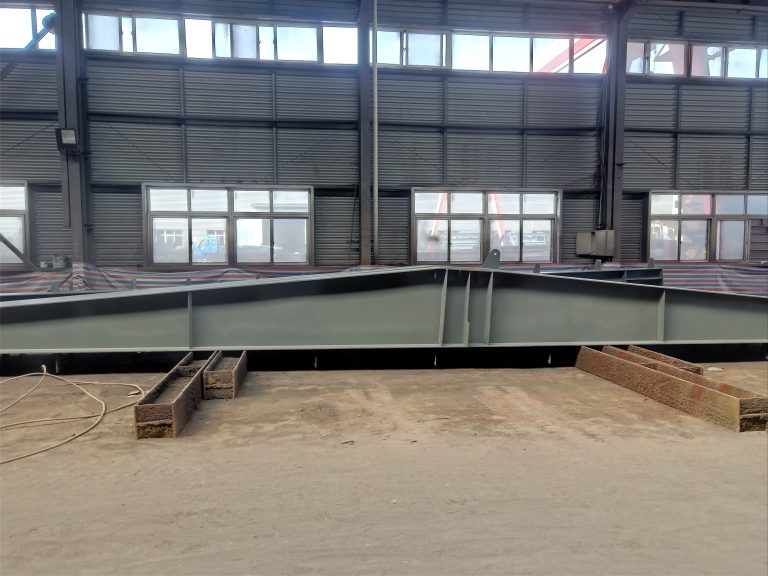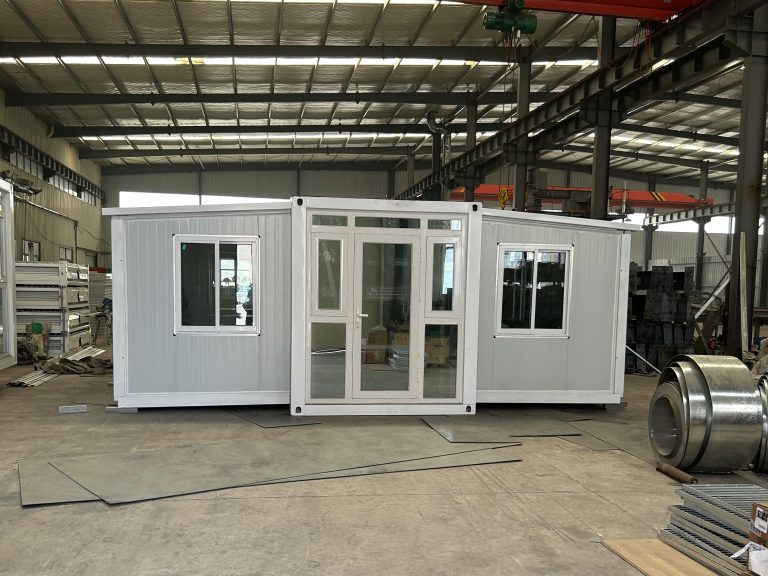Table of Contents
Cost-Effectiveness of Steel Building Structures
Steel building structures have become increasingly popular in the construction industry due to their numerous benefits. One of the key advantages of steel buildings is their cost-effectiveness. In comparison to traditional building materials such as wood or concrete, steel is a more affordable option for construction projects. This cost savings can be attributed to several factors.
First and foremost, steel is a highly durable material that requires minimal maintenance over its lifespan. Unlike wood, which is susceptible to rot, termites, and other forms of damage, steel is resistant to these issues. This means that steel buildings have a longer lifespan and do not require frequent repairs or replacements, saving money in the long run.
Additionally, steel is a lightweight material that is easy to transport and assemble. This reduces labor costs and construction time, resulting in overall savings for the project. Steel buildings can be prefabricated off-site and then quickly assembled on-site, further reducing construction time and costs.

Furthermore, steel is a versatile material that can be used in a variety of building designs and styles. This flexibility allows for customization and creativity in construction projects, without the need for expensive modifications or alterations. Steel buildings can also be easily expanded or modified in the future, making them a cost-effective long-term investment.
In terms of energy efficiency, steel buildings also offer significant cost savings. Steel is a highly efficient material in terms of insulation and temperature control, reducing heating and cooling costs for the building. This can result in lower energy bills and increased savings over time.
Another cost-saving benefit of steel buildings is their resistance to natural disasters such as earthquakes, hurricanes, and fires. Steel is a strong and durable material that can withstand extreme weather conditions and protect the building and its occupants. This reduces the risk of damage and the need for costly repairs or replacements in the event of a disaster.
Overall, the cost-effectiveness of steel building structures makes them an attractive option for construction projects of all sizes. From residential homes to commercial buildings, steel offers a durable, efficient, and affordable solution for modern construction needs. By choosing steel, builders can save money on construction costs, maintenance, energy bills, and disaster recovery, making it a smart investment for the future.
In conclusion, the benefits of steel building structures are clear, with cost-effectiveness being a key advantage. Steel offers durability, efficiency, and versatility at a competitive price point, making it an ideal choice for construction projects. Whether you are building a new home, office, or industrial facility, steel buildings provide a cost-effective solution that will stand the test of time. Consider the many advantages of steel when planning your next construction project and reap the benefits of this innovative building material.
Durability and Longevity of Steel Building Structures
Steel building structures have become increasingly popular in the construction industry due to their numerous benefits. One of the key advantages of steel buildings is their durability and longevity. Steel is a strong and resilient material that can withstand harsh weather conditions, seismic activity, and even fire. This makes steel buildings a reliable and long-lasting option for a wide range of applications.
One of the main reasons why steel buildings are so durable is because steel is a non-combustible material. Unlike wood, which can easily catch fire and spread quickly, steel is fire-resistant and can help prevent the spread of flames in the event of a fire. This can be especially important in industrial settings or areas prone to wildfires, where fire safety is a top priority.
In addition to being fire-resistant, steel buildings are also resistant to pests and mold. Unlike wood, which can be susceptible to termites and other pests, steel is not a food source for insects and is not prone to rot or mold growth. This can help prevent costly damage to the structure over time and reduce the need for maintenance and repairs.
Furthermore, steel buildings are designed to be structurally sound and can withstand high winds, heavy snow loads, and seismic activity. This makes steel buildings a popular choice for areas prone to hurricanes, blizzards, or earthquakes, where the structural integrity of the building is crucial for the safety of its occupants. Steel buildings are also less likely to experience sagging, warping, or shifting over time, which can help maintain the overall stability and strength of the structure.
Another benefit of steel building structures is their low maintenance requirements. Steel is a low-maintenance material that does not require painting, staining, or sealing like wood. This can save time and money on maintenance costs over the life of the building. Additionally, steel buildings are resistant to rust and corrosion, which can help prolong the life of the structure and reduce the need for repairs or replacements.
Steel buildings are also environmentally friendly. Steel is a recyclable material that can be reused and repurposed at the end of its life cycle. This can help reduce waste and minimize the environmental impact of construction projects. Additionally, steel buildings are energy-efficient and can be designed to maximize natural light and ventilation, reducing the need for artificial lighting and heating.
In conclusion, the durability and longevity of steel building structures make them an attractive option for a wide range of applications. From industrial warehouses to commercial office buildings, steel buildings offer a reliable and long-lasting solution that can withstand the test of time. With their fire resistance, pest resistance, and structural integrity, steel buildings are a smart choice for those looking for a durable and sustainable building solution.






